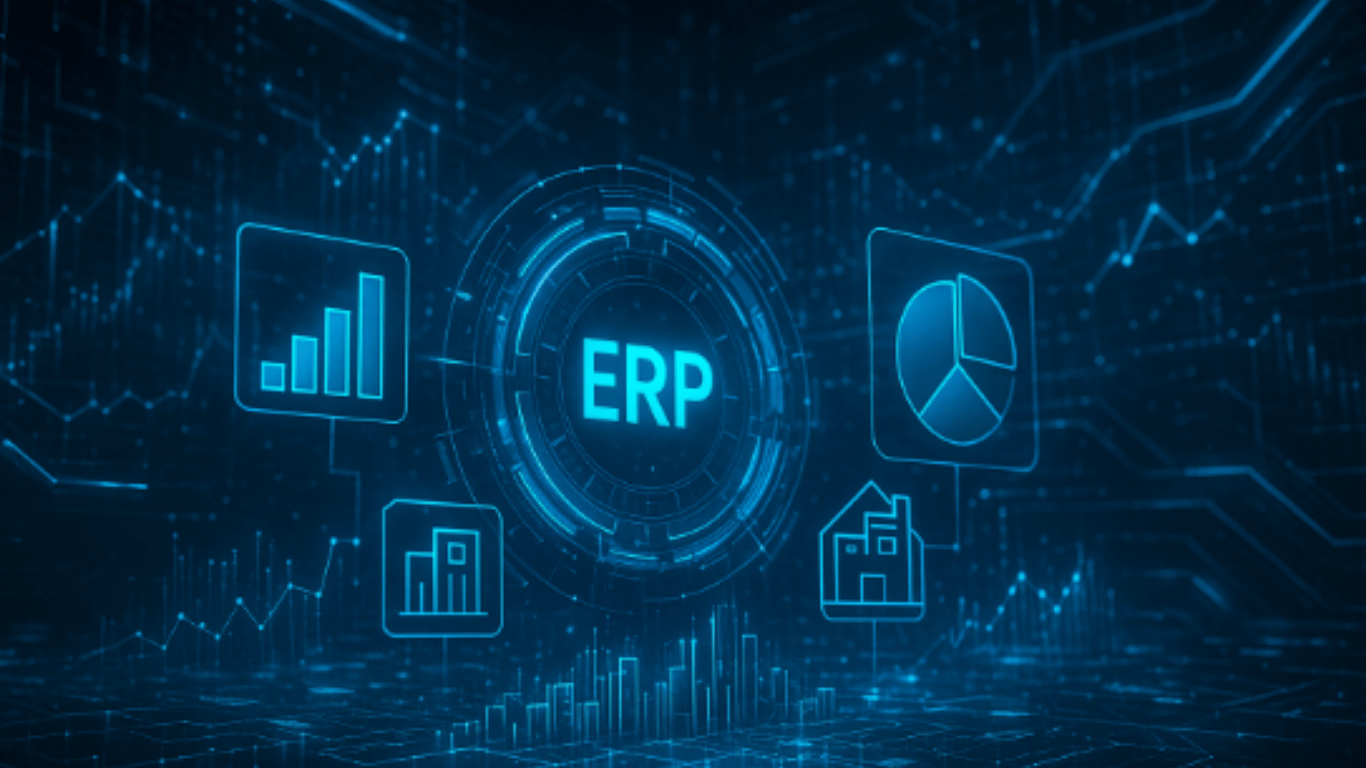Today, finance leaders are expected to do much more than just close the books. They’re asked to guide growth, provide sharper insights, and keep the business agile in uncertain conditions. None of that is possible if the finance infrastructure can’t scale alongside the company. At the center of that scalability sits one factor that often gets overlooked: ERP integration.
When ERP systems operate in isolation, separate from procurement, payroll, or accounts payable automation, finance teams lose time and visibility. Data gets duplicated, reconciliations take longer, and reporting becomes inconsistent. Integration solves these gaps by creating real-time data flow and ensuring every decision is based on a single source of truth.
This article looks at practical ERP integration strategies that can help finance functions keep pace with growth instead of holding it back.
Why ERP Integration Matters for Scaling Finance
A finance infrastructure is only as strong as its flexibility. As companies expand into new geographies, add product lines, or hire rapidly, disconnected systems create friction. Some of the common pain points include:
- Data fragmentation: Multiple “versions of truth” scattered across systems.
- Manual reconciliation: Long, error-prone month-end closes.
- Compliance gaps: Increased exposure in tax, audit, and regulatory reporting.
- Limited visibility: Finance teams are relying on outdated or incomplete data.
With integration, these issues start to disappear. For example, when accounts payable automation connects directly with ERP, invoices, payments, and early-payment discounts flow straight into financial reporting. CFOs don’t just see what’s been paid; they understand the impact on liquidity and cash flow in real time.
Building Blocks of Successful ERP Integration
Integration doesn’t mean connecting everything all at once. The smarter approach is to design a scalable roadmap with clear priorities. A few key steps:
1. Data Standardization
Vendor names, GL codes, and cost centers are often inconsistent across platforms. Standardizing this data before integration ensures accuracy once systems start talking to each other.
2. API-First Architecture
Traditional point-to-point integrations often fail at scale. An API-first approach makes it easier for ERP to link with cloud platforms, AP tools, payroll, or procurement systems, reducing future breakages.
3. Modular Rollouts
Avoid the “big bang.” Start with high-value areas - like invoice processing, supplier payments, or expense reconciliation- prove ROI, then expand to other modules.
4. Real-Time Syncing
Batch uploads create delays and errors. Real-time syncing ensures every AP invoice or payment run reflects immediately in ERP, keeping ledgers current.
Why Accounts Payable Integration Stands Out
Among all finance functions, AP is often the fastest win for ERP integration. Without automation, teams spend hours keying in invoice data, chasing approvals, and reconciling payments. With ERP-integrated AP automation
- Invoices are automatically validated against purchase orders and receipts.
- Payment runs sync directly to ERP, improving audit readiness.
- Finance gains instant visibility into liabilities and cash forecasts.
Take the case of a manufacturer entering new markets with hundreds of suppliers across currencies. ERP–AP integration provides centralized visibility, faster cycle times, and better supplier relationships - without needing a larger AP headcount.
Common ERP Integration Challenges
Even with the benefits, integration projects bring hurdles. Some of the big ones include:
- Legacy ERP systems with limited APIs that require middleware.
- Change management, since finance teams used to manual processes, need training.
- Data migration risks, where partial transfers corrupt records.
- Scalability issues if integrations are built only for short-term fixes.
Enterprises that succeed typically run readiness assessments, involve cross-functional stakeholders early, and choose partners with proven ERP expertise.
From Transactional to Strategic Finance
When executed well, ERP integration does more than reduce manual work. It shifts finance from a transactional role to a strategic one. Integrated systems enable:
- Faster closes and smoother audits.
- Built-in compliance through system checks.
- Predictive insights from combining ERP data with analytics.
- Finance processes that flex with mergers, acquisitions, or global growth.
Most importantly, ERP integration frees finance leaders from daily firefighting. With automation running transactions, CFOs can focus on forecasting, scenario planning, and shaping long-term strategy.
Final Thoughts
A scalable finance infrastructure doesn’t happen overnight. It comes from deliberate strategies that prioritize integration, standardize data, and embed automation. ERP is the backbone, connecting every financial workflow into one cohesive system.
For enterprises, the payoff goes beyond efficiency. ERP integration builds resilience, agility, and the ability to grow without breaking processes. In today’s evolving landscape, the finance teams that embrace ERP integration won’t just keep pace - they’ll set the standard for how modern finance should operate.











